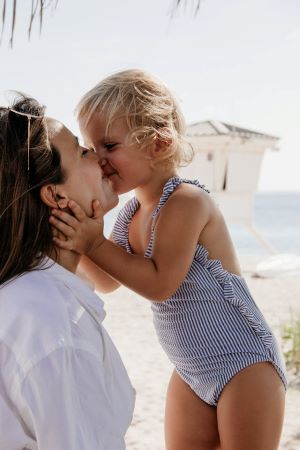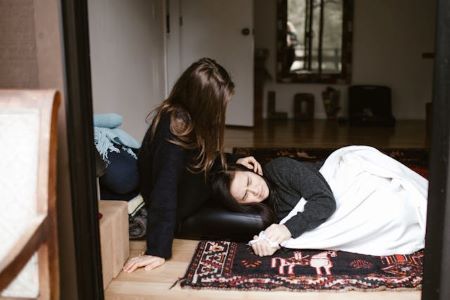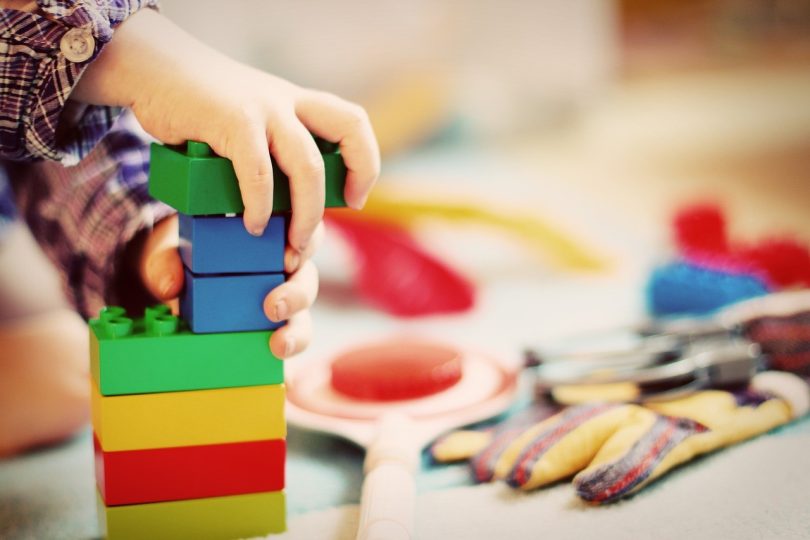How Abandonment, Rejection & Humiliation Shape Us
— & How to Break Free
Part 1 – The First Three Core Wounds
Years ago, I discovered the transformative work of Lise Bourbeau, a pioneering Canadian author in the field of personal development. Her insights into how childhood wounds shape our adult lives resonated deeply with me then and continue to prove remarkably relevant in my practice today.

Lise’s understanding of how our early experiences manifest in both our emotional patterns and physical bodies offers profound wisdom for anyone seeking to understand themselves more deeply.
Through her work, particularly “Heal Your Wounds and Find Your True Self”, she illuminates how our childhood experiences create patterns that often stay with us well into adulthood. I’ve witnessed these patterns play out countless times in my clients’ lives, and I continue to be amazed by how accurately her framework helps us understand our deepest wounds and behavioural patterns.
I’m writing this two-part series to share what I’ve learned from both Lise Bourbeau’s wisdom and my own professional experience. Through real stories from my practice (with details changed to protect privacy), I hope to help you recognise these patterns in your own life and more importantly, understand that healing is possible. These wounds may have shaped us, but they don’t have to define us.
Let’s explore the first three fundamental wounds that are identified in her book & that I’ve seen impact so many women’s lives…
1 – The Abandonment Wound
a – Understanding the Wound
The abandonment wound typically takes root in our earliest years, when we experience physical or emotional absence from our parents or the adults who raised us. This wound can manifest even in homes where parents were physically present but emotionally unavailable—perhaps consumed by work, their own struggles, or unable to connect with their child’s emotional needs.

Like a seed waiting for the rain that never comes, a child experiencing abandonment learns that their emotional needs may go unmet, creating a deep-seated fear of being left alone or unsupported. This might look like the young girl who learned to be ‘low maintenance’ because mum was always busy with a younger sibling, or the child who stopped sharing her dreams because dad, when he was home, was wrapped up in the evening news instead of listening at the dinner table. As adults, women with this wound often find themselves overcompensating in relationships—being the one who texts first, makes all the plans, or stays in unfulfilling relationships for fear of being alone. They might struggle with simple separations, feeling anxiety when loved ones are away or unavailable—even when they’re physically present, the emotional distance can feel unsettlingly silent. The wound whispers that everyone eventually leaves, making it difficult to trust in the permanence of any relationship.
b – A Story of Healing
A client came to see me at a point where her professional life looked perfect on paper – a successful executive in her mid-thirties with an impressive career trajectory. Yet behind closed doors, she was caught in an exhausting cycle of unfulfilling relationships. Despite her achievements, she found herself constantly attracting and staying with emotionally unavailable men, desperately seeking the validation she never received as a child.
Through our work together, the truth emerged: being left with her grandparents for over a year at a very young age while her parents moved abroad had created deep-rooted patterns of anxious attachment. This early experience, even if not intended as such, had taught her that love meant waiting for someone to return, that she needed to work hard to keep people from leaving.
The transformation began when she started to understand this pattern. For the first time, she could see how she had never learned the most fundamental relationship skill—how to truly love and validate herself. As we worked through her abandonment wound, she began building the loving relationship with herself that she had never experienced. This inner work became her foundation, finally allowing her to recognise her worth and open herself to the kind of love she deserved—starting with her own.
c – Reflection Moment
If you found yourself nodding along while reading about abandonment patterns, let’s journey further inward. The following prompts are designed to help you understand your patterns and begin moving toward more secure relationships with yourself and others:
- What would you do differently in your relationships if you fully trusted that authentic connections last?
- Write about a time when being alone led to an unexpected moment of strength or self-discovery.
- How does your fear of abandonment protect you, and how does it limit you?
Part 2 – The Rejection Wound
a – Understanding the Wound
The rejection wound forms when we repeatedly receive the message that we’re not enough – not good enough, not smart enough, not worthy enough. This wound often develops through subtle but consistent criticism or comparison to others, creating a persistent fear of not meeting expectations.

It’s the girl who was constantly compared to her “more talented” sister, or the child whose report card full of A’s was met with “but what about that B in maths?” As adults, women carrying this wound often become shape-shifters, unconsciously modifying their behaviour, appearance, and even career choices to fit others’ expectations. They might obsessively check their work emails on vacation, unable to trust that their worth extends beyond their productivity. The rejection wound often shows up in the constant need for external validation—seeking approval through others’ praise, overworking to prove their value, or staying in toxic relationships because even difficult attention feels better than none. It’s the voice that says, ‘if I just achieve one more thing, then I’ll finally be worthy of love.
b – Stories of Healing
This isn’t just one story—it’s dozens of them. Over the past five years, I’ve sat with countless women, all carrying the same wound in different disguises. They come to me as high-achieving perfectionists, unable to celebrate their successes, constantly driving themselves toward the next goal. Their rejection wound shows up as relentless self-criticism and endless overworking, always pushing, never resting.
During our sessions, a common thread emerges: stories of being “too much” as little girls. Too loud, too energetic, too sensitive, too strong-willed. Some learned they were a disappointment from birth—being born a girl when their parents wanted a boy. Others were constantly told to tone themselves down, to be quieter, to take up less space, to follow the rules, to be perfect. The message was clear: who they naturally were wasn’t acceptable.
These little girls found a survival strategy—excellence. They discovered that achievements could earn them the love and approval they desperately craved. Top grades, perfect behaviour, outstanding performance in everything they attempted—it became their way of proving their worth. But the price was huge: a deep-rooted belief that love was conditional on performance.
The healing comes from a profound yet simple truth: you are enough. You always have been enough, and you always will be enough. Exactly as you are, where you are, with what you have. Watching these women internalise this truth – truly absorb it into their bones – has been transformative. This understanding becomes their liberation, finally freeing them from the exhausting chase for validation through achievement.
c – Reflection Moment
If these signs of rejection sensitivity resonated with you, let’s use these prompts to explore your inherent worthiness and begin building a stronger sense of self-acceptance:
- List five of your qualities that remain true regardless of external validation or achievement.
- How has your fear of rejection shaped your choices, and what choices would you make differently now?
- Describe a time when you were rejected but later realised it led to something better—what did this teach you?
Part 3 – The Humiliation Wound
a – Understanding the Wound
The humiliation wound stems from experiences where we felt deeply ashamed or belittled, often in public settings or by authority figures. This wound can create a profound fear of being seen or speaking up, leading us to hide our true selves from the world.

Think of the girl who was mocked for her weight in front of the class, or who was embarrassed in front of classmates by a teacher she admired. The wound might have formed when family members constantly made “jokes” about her appearance, personality, or dreams. As adults, women with this wound often struggle with visibility—avoiding speaking up in meetings even when they have valuable insights, declining promotions that would put them in the spotlight, or holding back their natural enthusiasm to avoid drawing attention. They might obsess over small social interactions, replaying conversations for hours and assuming the worst interpretation of any ambiguous response. The humiliation wound whispers “stay small, stay safe,” leading many brilliant women to dim their light rather than risk being seen and potentially humiliated again.
b – A Story of Healing
I worked with a client who was hurt deeply as a child. One day, her father humiliated her and called her bad names in the street, while all the neighbours and their kids could see and hear. This painful memory stayed with her for more than twenty years. It created strong fears that showed up everywhere in her life, slowly developing into extreme anxiety patterns in her relationships and at work. She was constantly stuck in patterns that made her fail in almost all areas and couldn’t grasp the root cause of this downward spiral towards deep burnout and mental breakdown.
As we worked together, she started to see how this one childhood event had changed how she saw herself and her own worth. Step by step, she began to feel stronger. She learned that her father’s angry behaviour reflected his own challenges, not who she was or her worth as a human being. Slowly, she started to believe in herself again and discovered that she could do anything she wanted to do—one step at a time.
c – Reflection Moment
If you recognise yourself in these patterns of fear around visibility and judgement, these prompts will help you explore your authentic voice and build confidence in sharing it:
- Describe a moment when you spoke up despite your fear—what gave you courage?
- Describe three situations where hiding yourself has cost you more than potential judgement would have.
- Write about a moment when you spoke up despite your fear and how it impacted you or others.
Conclusion
Healing emotional wounds like abandonment, rejection, and humiliation is a journey that begins with one essential step: awareness. Recognising these patterns in ourselves is powerful as it uncovers things we’ve kept hidden in our minds for too long. Every repetitive pattern, every reaction that feels familiar yet frustrating, is often a clue guiding us towards what we need to look at, understand and release. These wounds, though deeply rooted, don’t have to control our lives.

With each step you take to understand and nurture these wounds, you gain more freedom to create the life and relationships you truly want. Remember, the path to healing requires patience, but each moment of self-compassion builds a stronger, more authentic you.
In Part 2, we’ll explore two more powerful wounds, betrayal and injustice, and how understanding them can deepen your journey of transformation and self-discovery.
Begin your journey towards a deeper understanding of yourself and the challenges in your life with my Free Wellbeing and Fertility Course HERE & take the first step to a balanced, healthier you.
Main – Image by Esi Grünhagen from Pixabay



